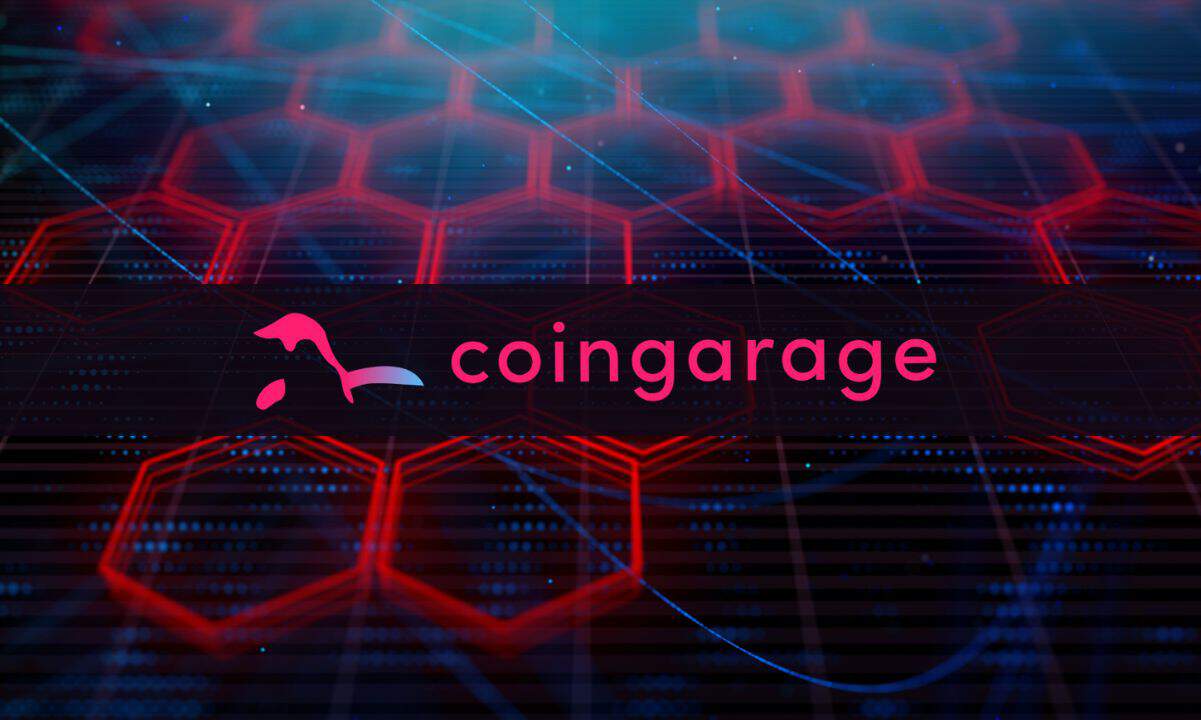
Crypto trading and investing for beginners
Before we get to the cryptocurrency trading guide, it’s crucial to understand what causes cryptocurrency price fluctuations. The changes in the crypto market differ from the stock market ones. The fluctuations are much bigger and for some investors, they become the main source of profit. So let’s try to figure out why cryptocurrency prices change.
Some of the main factors include:
- News exposure. Good or bad news about the coin can rapidly change investors’ behavior.
- Integration in the banking system. The more stores and services accept a coin, the more expensive it becomes.
- Global processes. Political decisions and world events inevitably influence the crypto market.
All in all, cryptocurrency is not isolated from the global changes so investors and traders should be aware of them before making important decisions. Bearing in mind the factors that influence the crypto market, it’s worth taking a look at the various crypto trading strategies.
Below are the most common ones:
- Day trading. This strategy is for those trying to take advantage of short-term price fluctuations. It might not be the best strategy for beginners, since you need to get the hang of the processes to be able to predict the changes in the right time.
- Hedging. Another tricky strategy that involves making investments to minimize the risk of rapid price changes. Hedgers make more than one concurrent bets in opposite directions to avoid dramatic losses.
- HODLing. Is it misspelled? Yes and no. The term was originally a misspelling of “hold” but it became widely used in crypto, so now it’s a name for the buy-and-hold strategy. It’s all about keeping hold of the cryptocurrencies in the volatile times to gain returns in the long run.
- Trend trading. The strategy means buying and selling coins based on price changes. Most of the time, traders buy the coin before it’s about to rise and try to sell it at its peak before it falls.
No matter which strategy you go for, it’s necessary to educate yourself about possible scams and spend some time observing the market to get an idea of how cryptocurrencies rise and fall.
Buying cryptocurrencies – centralized vs decentralized exchanges

Centralized exchanges are quite similar to classic institutions like New York Stock Exchange, thus they have more strict rules and regulations. Decentralized exchanges were created to make transitions faster and cheaper than CEXs. This is achieved by giving up on the intermediaries which helps reduce the costs. Sure, centralized exchanges have an owner, and they are safe, but you have to pay for this – literally since the fees are higher. For example, at the end of 2021 one of the leading decentralized exchanges, Uniswap charged a 0.05% transaction fee on a $100K trade while Binance and Coinbase had 0.1% and 0.2% respectively – impressive, isn’t it?
MyCointainer gives its users the possibility to enjoy the benefits of both types – centralized and decentralized ones. It differs from the competitors in the market because it’s regulated by the FIU and licensed (in 2018) which allows the fiat <> cryptocurrency exchange on the platform. Being a legally approved organization, MyCointrainer staking platform commits to be not only user-friendly but also transparent and safe for crypto traders. At the same time, the presence of a very prestigious project Polygon enhances MyCointainer’s potential. Supporting 50+ types of decentralized applications, Polygon has been recognized as one of the fastest-growing decentralized platforms.
Let’s compare how buying on centralized and decentralized platforms differs. We’ll take a look at how simple and straightforward the crypto purchase on Binance and MyContanier is. It might seem quite ambitious to compare these platforms since Binance is a top centralized exchange platform and MyCointainer is a rising star leaning towards decentralization. But these two examples will help you get why decentralization is so much more preferable these days.
Believe me, as a beginner, you’ll immediately appreciate how simple and straightforward the website is. Here’s a short guide on how to buy coins with MyCointainer:
- Sign up on a platform (fast and simple, as a platform itself).
- On the Assets page, choose the asset you want to buy (e.g. Polkadot) and click on it.
- On the Invest page, press “I want to buy coins”.
- Choose your payment method (e.g. bank transfer).
- Select the funds (EUR or BTC).
- Select the coin you want to buy.
- Set the amount and buy.
Once you purchase some assets, the platform will generate wallets for each of them. You can monitor the generated rewards and current total assets value. Check out MyCointainer mobile app to track any changes on the go.
As for Binance, the steps are quite similar to what has been described before with a significant difference: you will face the security measures on every step.
- Sign up on a platform (can take up to a week. I faced it myself the other day and can’t express how annoying it is to go through multiple verification steps and then wait for so long to get approved).
- Click “Buy now” on the Home page.
- Select crypto from the drop-down menu.
- Enter the amount and choose the currency (EUR, USD, etc.)
- Choose the payment method (e.g. bank card, fiat balance, or other)
You may be required to complete the identity verification to buy cryptocurrency. Some people will feel great about extra security while dealing with money, but sometimes time matters a lot, and an almost bureaucratic system can lead to big losses.
Centralized exchanges might feel safer than their decentralized counterparts, but security measures make them cumbersome. MyCointainer was created with the aim to make crypto accessible for everyone, and it is felt at every step. It is up to you to decide whether flexibility and user experience are a priority for you or if you’re ready to sacrifice your time on multiple identity verifications.
Crypto mining vs staking: what’s the difference between the two methods?
Just in case you still have doubts about what is better for you, here’s a comparison of mining and staking. You must’ve come across debates about which method is worth trying. If you still ask yourself “What is staking vs mining in crypto?”, below are the main differences to consider.
Mining uses a proof-of-work algorithm that requires robust hardware (GPUs or Graphic Processing Units) to solve complex computational puzzles. A significant drawback of mining is that GPUs consume big amounts of energy and cost a fortune. However, high cost is not the only drawback – mining also has a negative impact on the environment due to its big carbon footprint. An important advantage is that mining is considered more secure than staking.
Staking uses a proof-of-stake method. It was introduced as an alternative to PoW and the first use of this consensus mechanism in cryptocurrency was by Peercoin in 2012. Once crypto owners stake coins, the protocol chooses the validator who earns a reward based on his node’s size and time staked. There’s no need to buy costly equipment or solve complex puzzles.
As you can see, staking is more affordable for beginners and more eco-friendly than mining due to the significantly lower energy consumption. What’s more, it doesn’t require any advanced skills to solve the computational equations which also proves it to be more beginner-friendly.







